Going above and beyond for patient experience
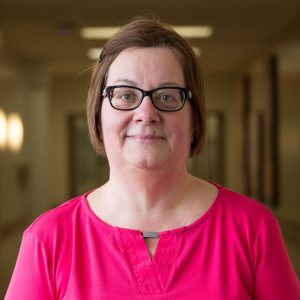
Every single day, our people contribute to our patients’ experience. Whether it’s spending a few extra minutes to make sure a patient is okay, or supporting a family through their loved one’s treatment, the smallest acts can have a significant impact. This Patient Experience Week we wanted to highlight some of the stories we’ve heard about our people who are going above and beyond and recognize the dedication and compassionate care we see across our network.

Teresa Garbowski
“Glue,” “backbone” and “go-to” are a few of the words used to describe Teresa Garbowski, the team lead in St. Joseph’s Ambulatory Care Centre. Teresa is regularly described by her colleagues as someone who consistently goes above and beyond her role to assist patients with whatever they need as they navigate through their health-care services.
“My role as the team lead is to oversee day-to-day operations and ensure that everything is running smoothly with staff and patients,” Teresa said. “The thing is, every day is different here and I want to make sure that all patients who I interact with are supported throughout their health care journey in any possible way that I can assist with.”
Examples provided by Teresa’s colleagues of her commitment to patients include calling to check on patients who miss their appointments, walking them to the emergency department for urgent assessment and staying with them until it is complete, sitting with them as they cope with unexpected news, expediting referrals to other clinics – and many others.
One of the colleagues who nominated Teresa explained, “Teresa is a tremendous patient advocate. She truly cares for each and every patient and always makes time to address patient issues – no matter how big or small – with respect, professionalism and dignity.”
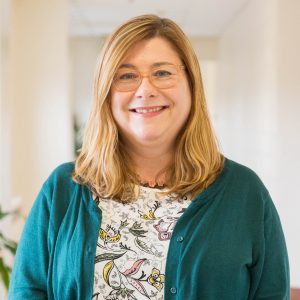
Kate Lawton
“Kate has great compassion and insight into our patients. She is acutely aware that instead of looking at patients and asking, ‘Why are they behaving like this?’ it’s better to ask, ‘What has happened to them in their life?’” This is how Kate Lawton, a social worker for the Urban Family Health Team t St. Joseph’s was recently described by a colleague.
Kate started her career in social work in 2009 after years of volunteering her time to women’s shelters, victim services agencies with the Toronto Police and community activism. Through this experience, she realized she wanted social work to be her main career focus.
“Social work combines all the elements I enjoy: advocacy, individual counseling, psychotherapy and building collaborative relations with clients and other providers,” she said.
Kate’s role as a social worker and mental health specialist allows her the opportunity to spend more time with her clients, get a clearer picture of their stressors and adversities, and subsequently be able to assess, treat and refer them to the right resources.
“Social work is really meaningful work. I enjoy it very much.”
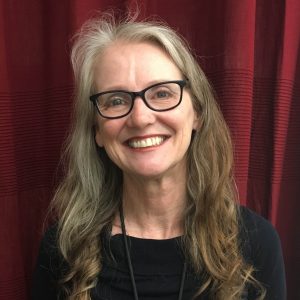
Amanda McFarlan
Twenty-three years ago, Amanda McFarlan joined St. Michael’s as an intensive care unit nurse. She’s changed her role a few times since and today she is the Program Registry Manager and Quality Assurance Specialist for the trauma program. It was in this role that she led the development of the My BeST (Beyond Surviving, to Thriving) program.
My BeST was inspired and co-led by Margaret Harvey, a patient who was involved in a cycling collision that shattered her pelvis. The program offers a peer support group for trauma survivors including patients, families and caregivers. Its purpose is to support survivors as they rebuild their lives after serious traumatic injury.
Amanda worked with trauma survivors – including Margaret – to inform the development of this program beginning in April 2017 and she continues working with the team today, which includes getting feedback from patients and families.
“My BeST is truly my favourite thing to do,” said Amanda. “We work for an extraordinary hospital, and our core business is our patients’ health and well-being. We can’t do that without patient engagement and input.”
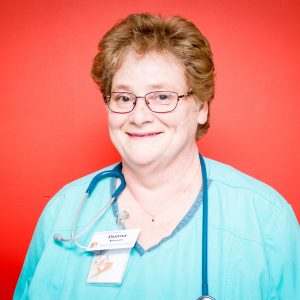
Donna Moores
This September, Donna Moores will celebrate her 30th anniversary as a registered practical nurse at Providence. Before joining the orthopedic and amputee rehabilitation team 16 years ago, she worked at the cognitive support unit.
“It was when I was working on the first unit that I realized if I could create a bond with my patients and take the time get to know them, I would be able to then empower them to get where they need to be,” she said.
Donna has been credited by colleagues for compassionately engaging with her mostly elderly patients until she can encourage them to independently and safely do what they need to do. Her role includes assisting and encouraging independence with rehabilitation, bathroom-use, feeding, dressing and ambulating with supervision, with patient safety being the utmost priority.
Donna said she sees her role at Providence as a dual role: one where she talks to her patients and engages in meaningful conversations with them, and the other where she empowers them to fulfil their potential as they undergo rehabilitation.
“The look on our patients’ faces when they realize that they can actually do something they thought was no longer possible is very fulfilling for me,” she said. “I am very fortunate and thankful to work with a very collaborate team within my Providence family and with our patients.”
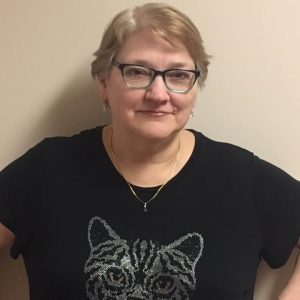
Alice Settembrini
When you approach the front desk of the Medical Imaging department at St. Michael’s, you will find that the pens available for your use don’t look like pens at all. They are colourful, blooming flowers. Around Christmas, they are red and green and placed inside a little plastic snowman. Leading up to Halloween, they are orange and purple and placed inside a pumpkin container.
This fun and artistic project is created and maintained by Alice Settembrini, a medical imaging clerk who has been with St. Michael’s for 19 years. About five years ago, Alice started doing this for patients. Alice, who is described as gentle and wonderful by her colleagues, explained why she’s enjoyed doing this for so long: “Every patient gets a kick out of them. I always get a smile, a giggle or a little laugh. Sometimes, it gets them to forget their problems for a little while.”
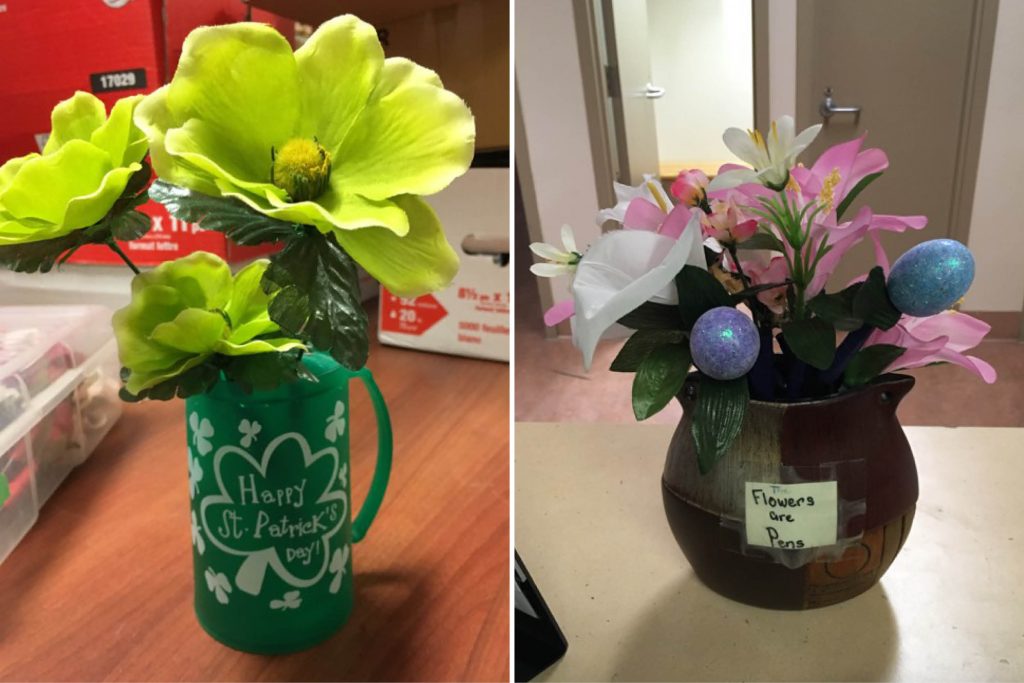
About St. Michael’s Hospital
St. Michael’s Hospital provides compassionate care to all who enter its doors. The hospital also provides outstanding medical education to future health care professionals in more than 29 academic disciplines. Critical care and trauma, heart disease, neurosurgery, diabetes, cancer care, care of the homeless and global health are among the Hospital’s recognized areas of expertise. Through the Keenan Research Centre and the Li Ka Shing International Healthcare Education Centre, which make up the Li Ka Shing Knowledge Institute, research and education at St. Michael’s Hospital are recognized and make an impact around the world. Founded in 1892, the hospital is fully affiliated with the University of Toronto.
